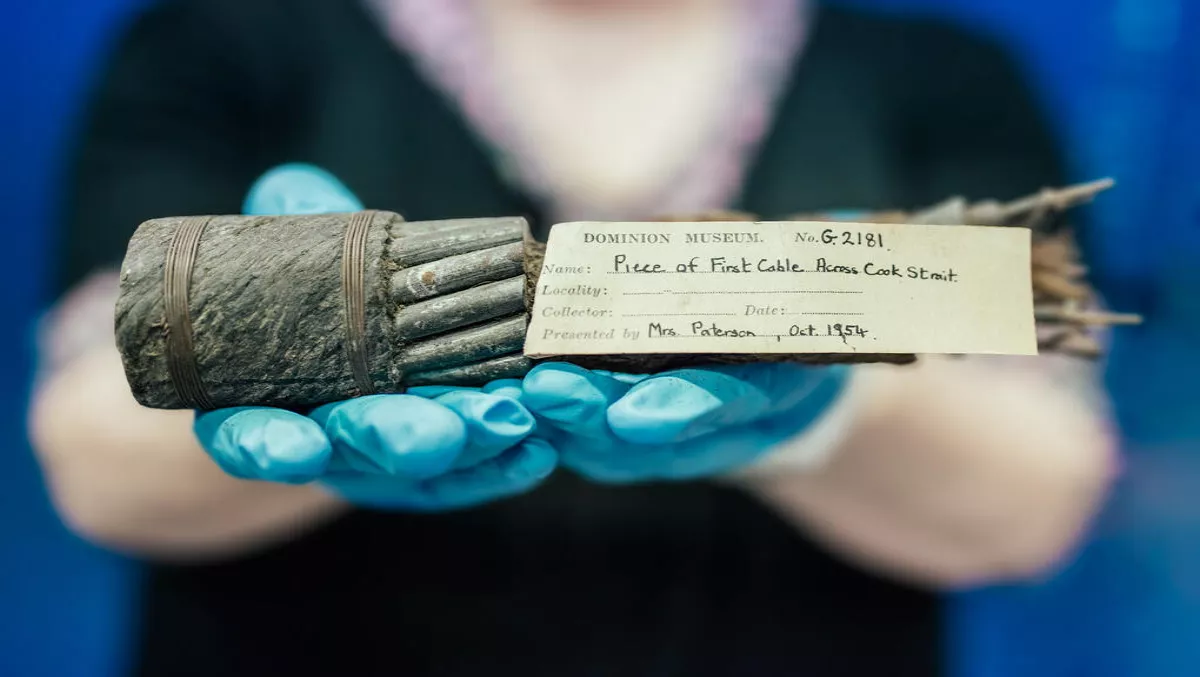
150 Years of the Cook Strait Cable
In August 1866, New Zealand took a leap into the future with the connection of the Cook Strait Telegraph Cable.
Communications Minister Amy Adams says it was a momentous achievement for its time.
"The successful connection came on the third attempt at laying the cable, and followed a near disaster when the first cable snapped - almost destroying the ship Weymouth in the process," she says.
"Today, there are several cables crossing Cook Strait which carry everything from Ultra-Fast Broadband through to landline telephone calls and electricity," explains Adams.
"In 1866, the cable's speeds were around 18 bits per second - or one stream of Morse Code.
Adams says the cables are part of an extensive network that connects homes to the internet at a speed of up to 1 Gbps, which is around two billion times faster than 150 years ago.
"The connection of the first Cook Strait cable was a significant step towards creating New Zealand's telecommunications network. It's also a pivotal moment in our history and a point where news and information were able to travel quickly across the nation," says Adams.
Network telegraph stations then followed by springing up across New Zealand, with the local telegraph office becoming an essential hub in most towns.
Today, the under-sea telecommunication cables carry signals at speeds measured in terabits per second (Tbps).
One Tbps is equivalent to sending 25 high definition movies every second. Today, the Cook Strait Cable speeds are similar to those of the Southern Cross Cable, at around 2.7Tbps.
A second Cook Strait cable was laid in 1890 but the first cable remained in service for 41 years.

